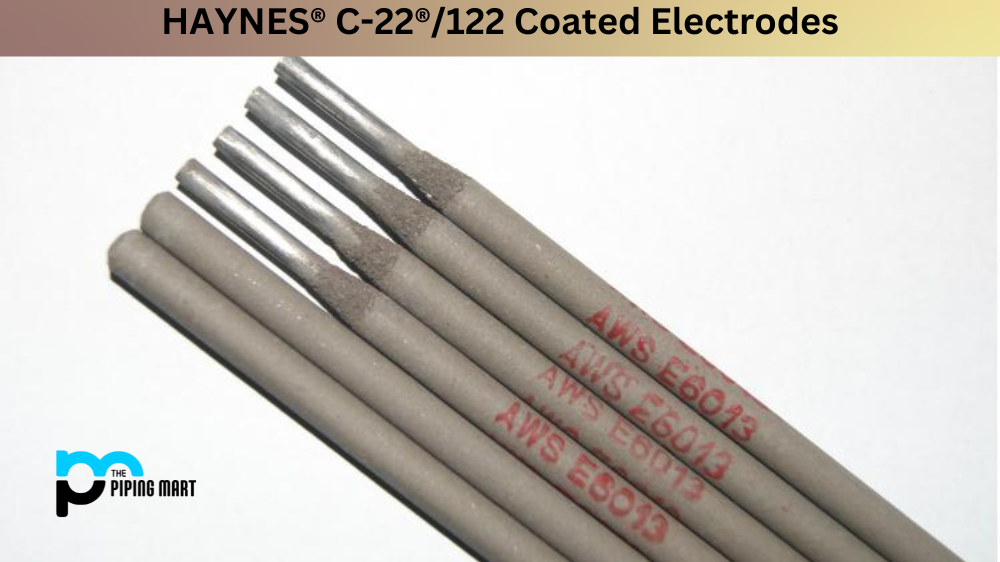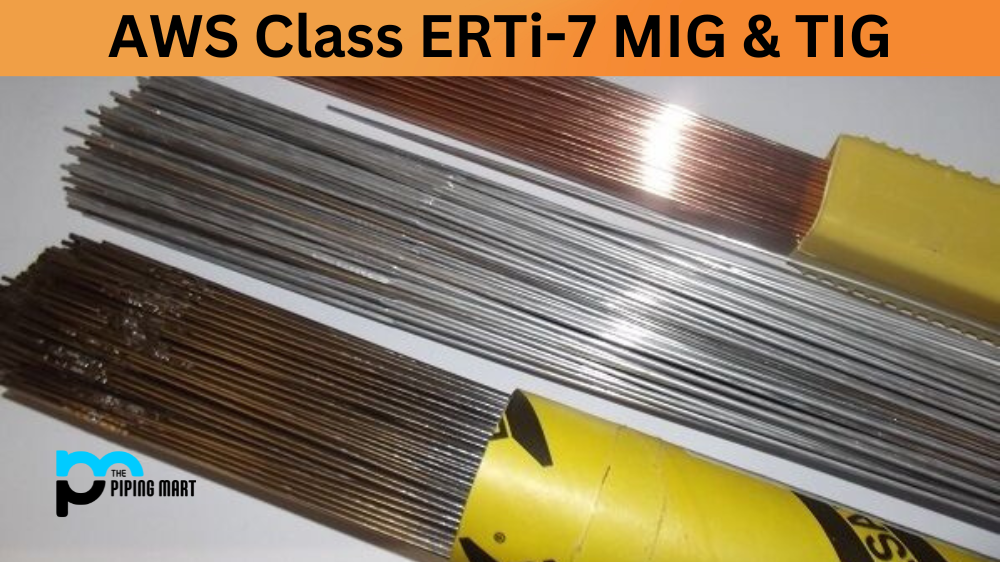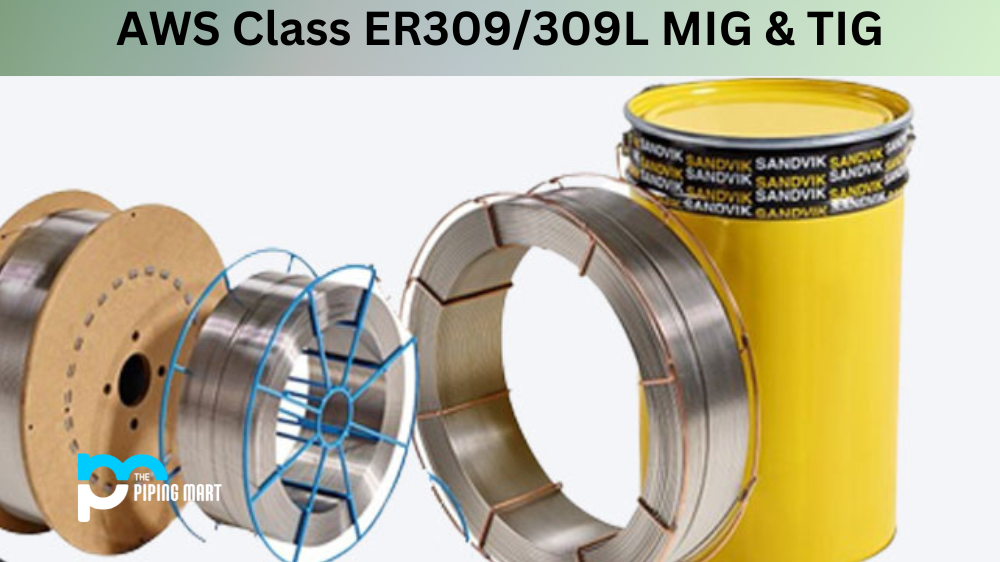In any industrial setting, having reliable and durable welding electrodes is crucial. One of the most trusted electrode types is the HAYNES® C-22®/122 coated electrodes. These electrodes are often the preferred option when welding high-performance alloys and metals. They are durable, versatile, and highly resistant to corrosion. This article will explore HAYNES® C-22®/122 coated electrodes, their composition, mechanical and physical properties, uses, corrosion resistance, and heat treatment.
What are HAYNES® C-22®/122 Coated Electrodes?
HAYNES® C-22®/122 Coated Electrodes are a series of welding electrodes used for high-temperature applications such as joining alloys, stainless steel and nickel-based alloys. They have a unique coated system specifically designed to offer superior oxidation resistance. With this coating, these rods provide excellent arc stability in harsh environments while increasing welds’ tensile strength and impact toughness. This makes them ideal for critical welding processes requiring superior quality and performance.
HAYNES® C-22®/122 Welding Electrodes Composition
HAYNES® C-22®/122 coated electrodes comprise a combination of nickel, cobalt, chromium, tungsten, and molybdenum. This composition gives them exceptional welding capabilities and makes them suitable for use in adverse industrial environments.
| Nickel: | Balance |
|---|---|
| Molybdenum: | 15.0-17.0 |
| Chromium: | 14.5-16.5 |
| Iron: | 4.0-7.0 |
| Tungsten: | 3.0-4.5 |
| Cobalt: | 2.5 max. |
| Manganese: | 1.0 max. |
| Copper: | 0.50 max. |
| Other: | 0.50 max. |
| Vanadium: | 0.35 max. |
| Silicon: | 0.20 max. |
| Carbon: | 0.02 max. |
| Sulfur: | 0.03 max. |
| Phosphorus: | 0.04 max. |
HAYNES® C-22®/122 Coated Electrodes Mechanical Properties
Regarding mechanical properties, HAYNES® C-22®/122 wire have a tensile strength of 123 ksi, yield strength of 58 ksi, and a hardness of 87 HRB. They can withstand high temperatures and pressures without losing their structural integrity.
| Tensile (psi) | 100,000 |
|---|---|
| Mpa | 690 |
| Elongation (%) | 25 |
HAYNES® C-22®/122 Welding Electrodes Physical Properties
In terms of physical properties, HAYNES® C-22®/122 filler metal have a density of 0.316 lb/in^3, a thermal conductivity of 69.1 BTU/ft/h/°F, and a specific heat capacity of 0.101 BTU/lb/°F. They are also known for their excellent resistance to abrasion, making them ideal for use in harsh environments.
Trade Names of HAYNES® C-22®/122 Coated Welding Electrodes
| Class | UNS | Haynes |
| ENiCrMo-10 | W860675 | HAYNES® C-22®/122 |
HAYNES® C-22®/122 Welding Electrodes Uses
HAYNES® C-22®/122 filler wire are commonly used in chemical processing, power generation, and oil and gas exploration industries. They are ideal for welding high-performance alloys that require high strength, good weldability, and exceptional corrosion resistance.
HAYNES® C-22®/122 Coated Electrodes Corrosion Resistance
HAYNES® C-22®/122 welding electrodes are renowned for their outstanding corrosion resistance properties. They can resist various acids, including sulfuric, hydrochloric, and hydrofluoric acid. They are also highly resistant to corrosion from the sea and brine water environments.
HAYNES® C-22®/122 Welding Electrodes Heat Treatment
Regarding heat treatment, HAYNES® C-22®/122 electrodes can be annealed at 2100°F, forming a full soft condition. They can also be annealed at a lower temperature of 1975°F, which results in a high condition.
Conclusion
In summary, HAYNES® C-22®/122 coated electrodes are an excellent option for welding high-performance alloys that require exceptional corrosion resistance, strength, and durability. Their unique composition and mechanical and physical properties make them suitable for harsh and adverse industrial environments. Whether in the chemical processing, power generation, or oil and gas exploration industry, HAYNES® C-22®/122 coated electrodes can provide the required performance and reliability in your welding projects.
Meet Heer, a dynamic and driven writer learning tricks of her trade in the metal industry. With a background in Digital Marketing, Heer brings a unique perspective to her writing, sharing valuable insights. Apart from blogging she like reading and hiking.




